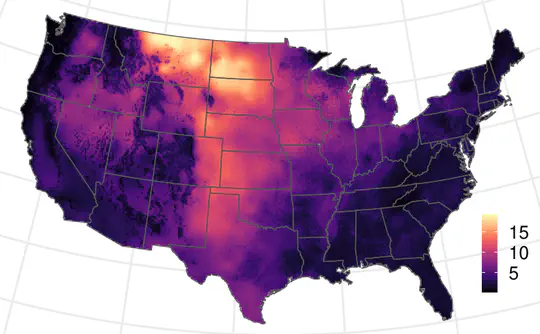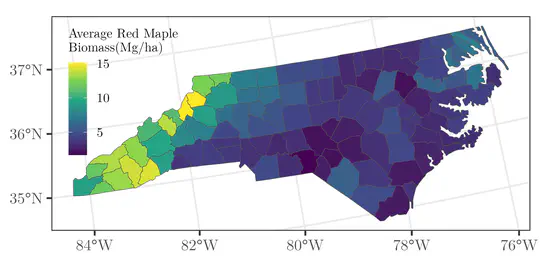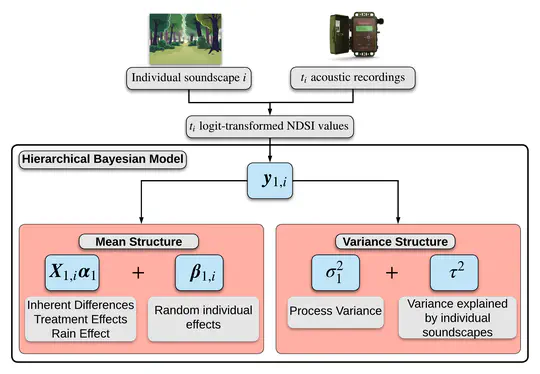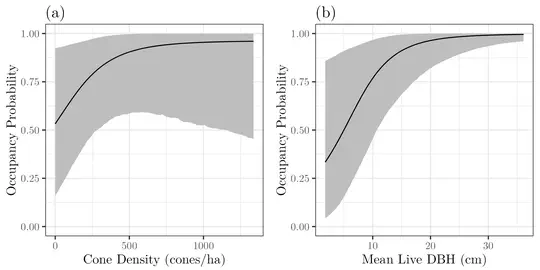Statistical Ecology and Forest Science Lab
Research
Past and ongoing research themes in the lab
News
Dr. Michelle Pretorius joins the lab!
The Statistical Ecology and Forest Science Lab is excited that Dr. Michelle Pretorius has joined the lab as a Postdoctoral Research Scholar. Michelle will be working with FIA data and applications to inform wildlife and biodiversity conservation.
New discussion paper on spatial occupancy models
We recently wrote a short discussion paper on an exciting new development in spatial occupancy models by Wilson Wright and Mevin Hooten. Find our discussion and the paper by Wright and Hooten here.
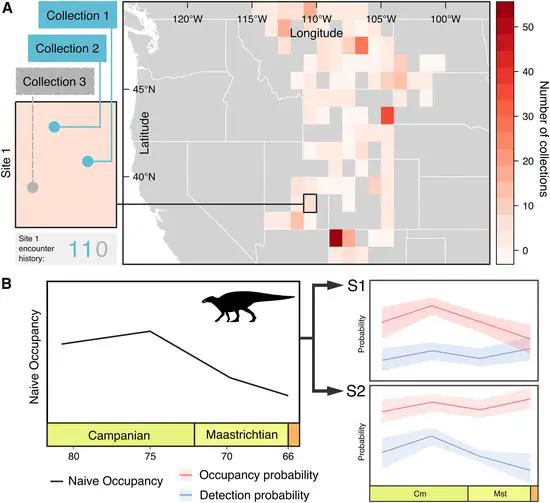
New paper published in Current Biology
A paper led by Chris Dean at University College London was recently published in Ecology Letters. Using spOccupancy, we applied occupancy models to better understand sampling biases in the dinosaur fossil record.
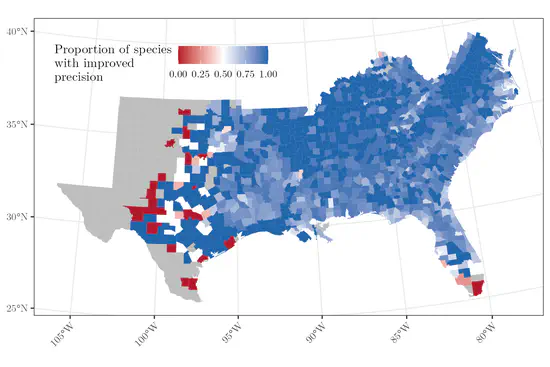
New preprint on small area estimation
Check out our new preprint on multivariate spatial models for small area estimation of species-specific forest parameters. We apply our modeling framework to estimate species-level biomass for the 20 most common tree species across the Southern US, which resulted in large precision improvements relative to classical approaches.
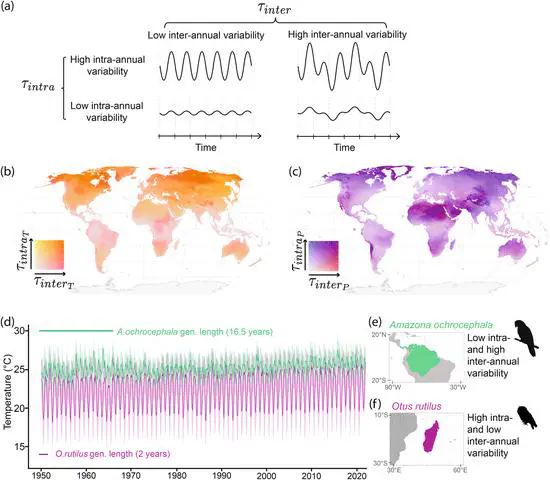
New paper published in Ecology Letters
A new paper led by Casey Youngflesh at Clemson University was recently published in Ecology Letters on the role of environmental variation in shaping life history of birds across the globe.
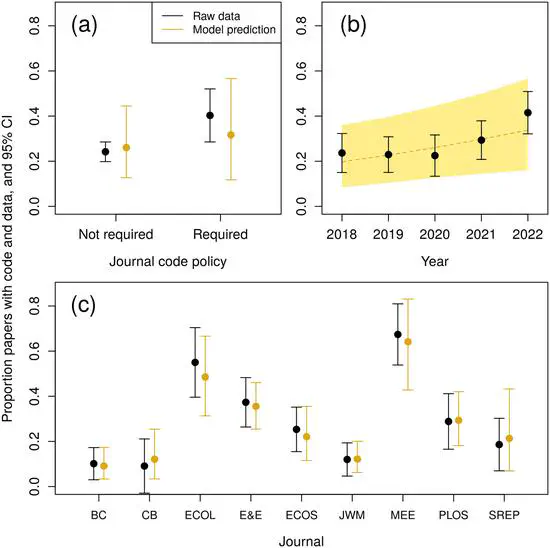
New paper published in Ecology
A new paper led by Ken Kellner at Michigan State University was recently published in Ecology. We assessed the analytic reproducibility of nearly 500 papers from 2018-2022, finding that only 7% of papers had R code that ran without any errors.
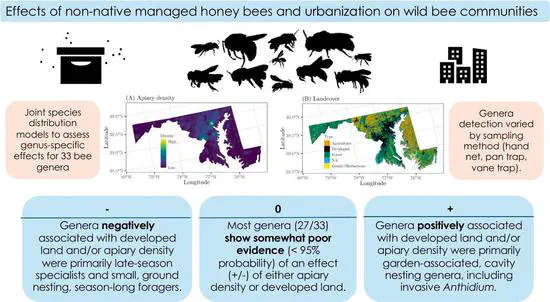
New paper published in Science of the Total Environment
A fun new paper led by Gabriela Quinlan at Penn State University was just published in Science of the Total Environment. Using a dataset from Maryland and joint species distribution models implemented in spAbundance, we provide the largest scale, most phylogenetically resolved assessment of non-native honey bee density effects on wild bee abundance to date.

The Statistical Ecology and Forest Science Lab begins at NC State!
I am beyond excited to announce that I will be starting as an Assistant Professor in the Department of Forestry and Environmental Resources at North Carolina State University in Fall 2024!
